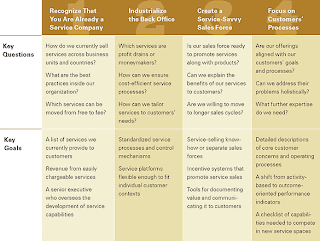“In good times, running a company is exhilarating. Money is flowing, customers are happy, employees have a spring in their step. In not-so-good times—like now—the very same job can feel like scaling Mt. Everest in a snowstorm while wearing a knapsack filled with bricks and suffering from a bad case of the flu.”
In the latest Florists’ Review magazine, Quint Studor offers “Eleven Ways to Infuse Your Company with the Leadership Skills to Thrive in Tough Times” — a good read. For more, click here.
Another good read is George Whalins article on “Strategies for a Changing Retail World” — click here.
Other good reads include:
Don’t Just Survive—Dominate
When the Going Gets Tough…
Maintaining Strong Sales During the Summer
The Upside to a Downturn
The Business of Retail is Going to be Brutal in 2008
